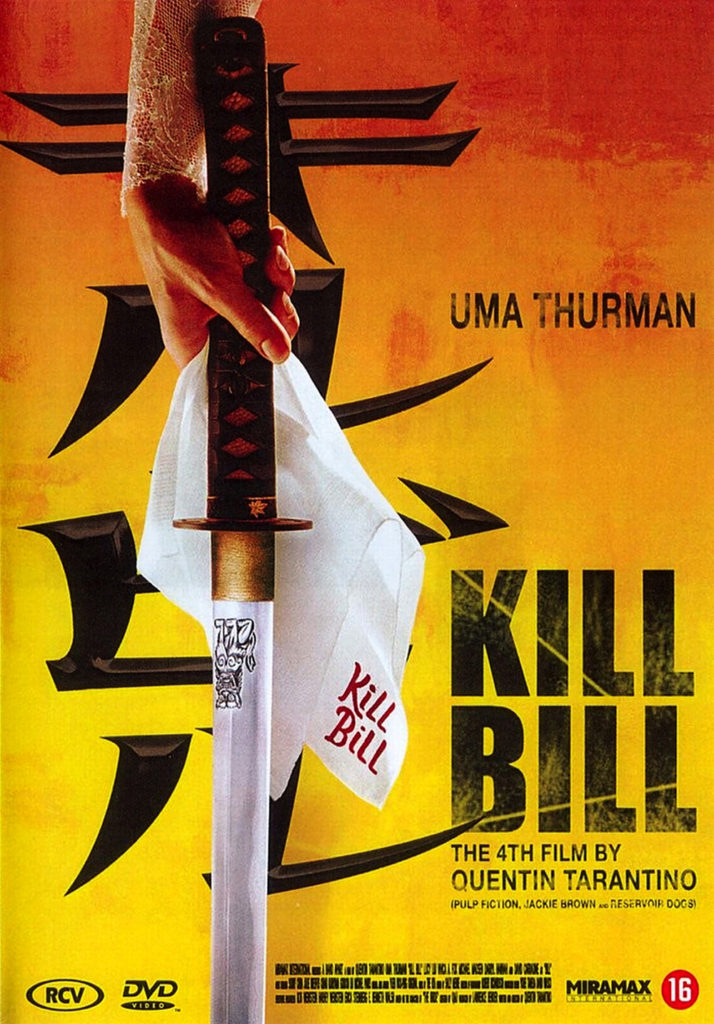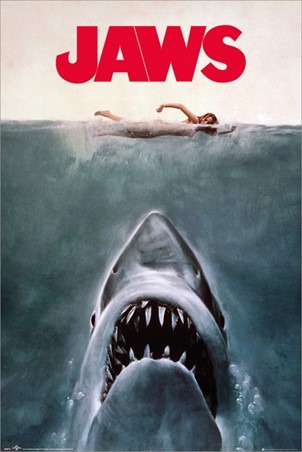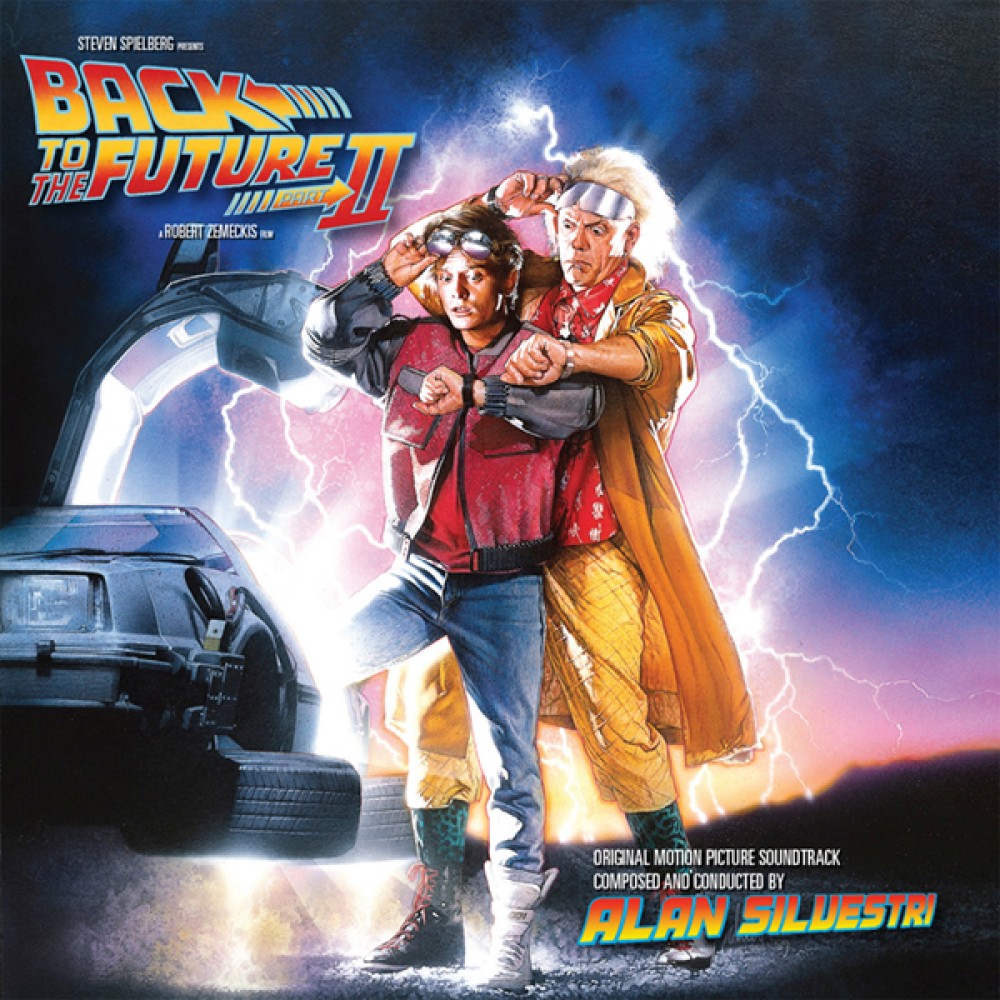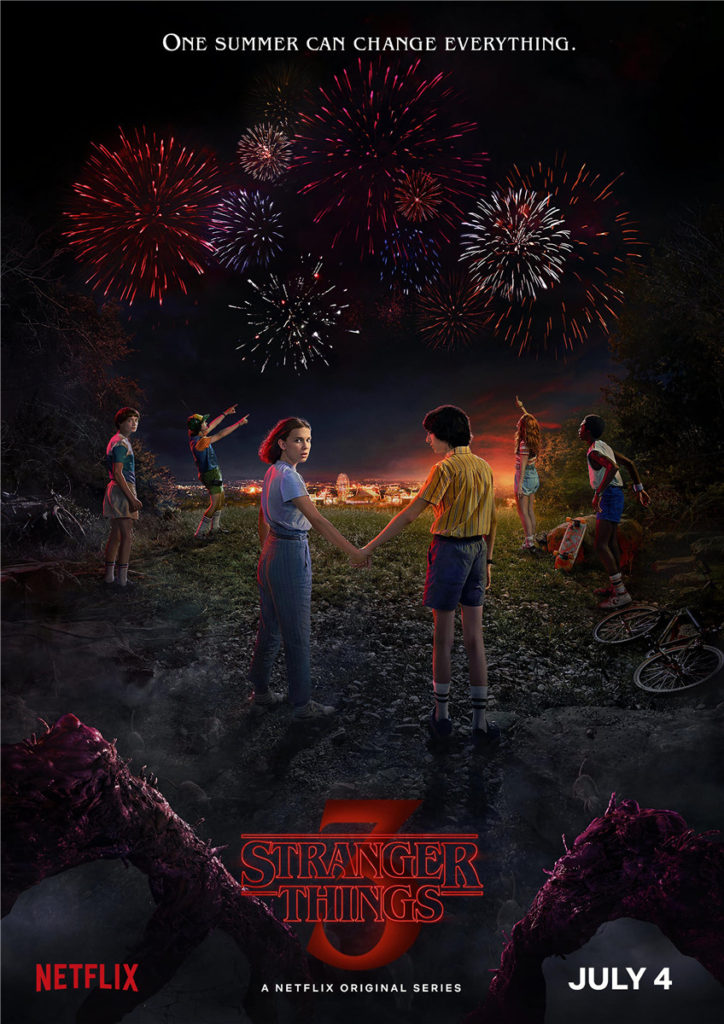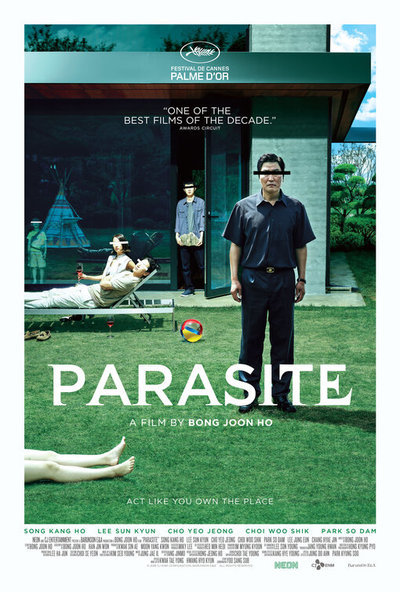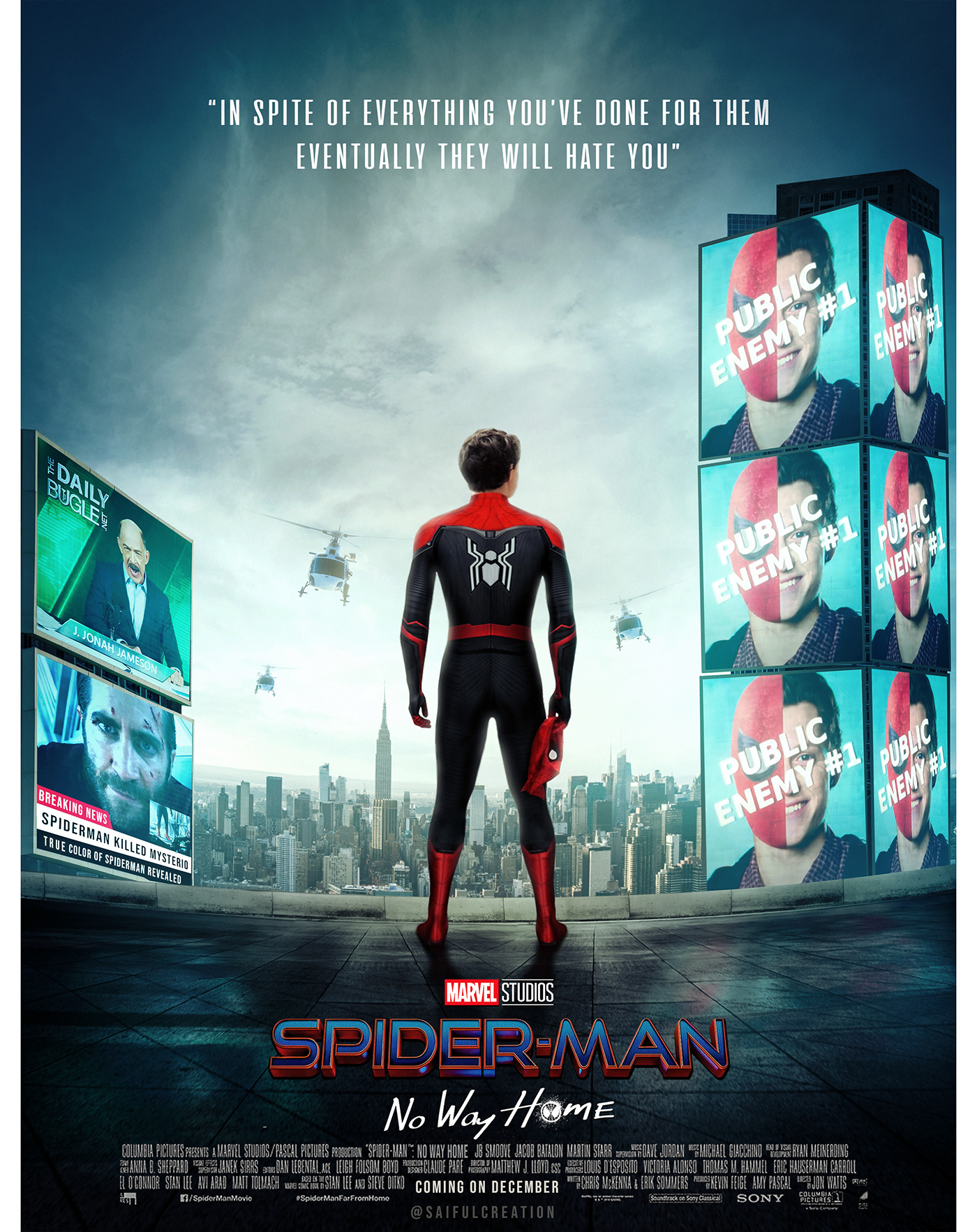All media forms have a language, therefore moving image has its own language and conventions.
Students who make their own products often struggle with SPACE, SIZE and SCALE. These are fundamental principles.
CAMERA(focus)
The most important tool in a camera is the focus and depth of field (ie how much is in focus). The focus is used to direct and prioritise elements in a shot and therefore prioritise certain information. For example, it will determine who the audience should look at (even if we are not listening to them). It may switch our focus (known technically as a pull focus / rack focus / follow focus) between one element and another. Remember that the elements may not be people, but could be objects, spaces, shapes or colours, which may represent an idea, theme, belief etc (see the post on Semiotics)
Shot sizes, angles and movements
- High angle / Low angle / bulls-eye / birds eye / canted angle
- Tracking / Panning / Craning / Tilting / Hand held / Steadicam
- Establishing Shot / Long Shot / Medium Shot / Close-up / Big Close-Up / Extreme Close Up (students often struggle with the first and the last again issues with SCALE, SIZE & SPACE, so practice is really important)
- Insert Shot. an insert shot is a shot which typically draws the viewers attention to a specific object or action taking place in the scene, by using this it creates a more diverse shot composition and easily transitions to another scene without having to use a wide(establishing) shot.
Editing
Editing is the process of manipulating separate images into a continuous piece of moving image which develops characters, themes, spaces and ideas through a series of events, interactions and occurrences. As such, it is (usually) LINEAR and SEQUENTIAL, although, it must be remembered that moving image products often parachute the audience into a particular moment (IN MEDIA RES) and usually leave them at an equally unresolved moment.
The basic rule in editing is you don’t show everything literally, you need to use just enough information to provide ideas and suggestions for your audience to develop and generate a range of emotions and idea: EMPATHY, INVOLVEMENT, RECOGNITION, CATHARSIS etc etc . . . with characters, themes, setting, plot.
As such, what you leave out known as ELLIPSIS is just as important as what you put in. Again the ideas of SPACE, SIZE & SCALE are really important, because you need to frame your shots with appropriate SIZE AND SCALE and trim your shots so that they are not too long / not too short ie creating the appropriate SPACE for ideas, characters, themes, the plot etc to develop.
The basic tools you will use in conventional moving image products are either CUT, DISSOLVE, FADE. In other words, definitely avoid any trick edits, such as bouncing balls, waves, dilutions etc etc that are usually reserved for promotional or presentational videos.
- EDIT ON A MATCHING SHAPE, COLOUR, THEME
- EDIT ON A LOOK, A GLANCE, EYELINE
- EDIT ON A SOUND BRIDGE
- EDIT ON A CHANGE OF SHOT SIZE
- EDIT ON A CHANGE OF SHOT CAMERA POSITION (+30′)
- EDIT ON ACTION
Parallel Editing
The use of sequential editing (editing one clip to another) allows for a number of key concepts to be produced:
- parallel editing: two events editing together – so that they may be happening at the same time, or not?
- flashback / flash-forward – allowing time to shift
Montage consists of number of shots put together to inform the audience context to a character or situation.
MONTAGE
Editing is the process of putting one element / idea next to another. It was first conceptually theorised as the Kuleshov effect, in that adding one element / idea to another actually produces a third idea / element, which if constructed well can produce in the audience an idea that isn’t actually present! This is the basis of MONTAGE EDITING – often the connection of images / ideas to create a new meaning (1 + 2 = ?). It is often seen as an allegorical, metaphorical way of editing to create symbolism, in the same way COLLAGE and MONTAGE ART creates meaning through putting ideas and objects next to each other.
Shot Sequencing 3: Invisible Editing / Continuity Editing
Continuity editing can be seen as the opposite of montage editing as the main aim is to create a sense of realism or ‘believability’ known as verisimilitude and has it’s own structure of rules where shots are edited together at particular times or on particular shots, as previously highlighted above.
- match on action
- eye-line match
- graphic match
- sound bridge
- 30′ rule
- 180′ rule
Shot sequencing 2: Shot progression
Conventional shot progression – to create VERISIMILITUDE (ie realism, believability) usually involves the following shots (although not always in the same order).
- establishing shot / ES, moving to
- wide shot / WS,
- to medium shot / MS,
- to close up / CU,
- to big close up / BCU;
- and then back out again
The use of these shots allow the audience to understand SPATIAL RELATIONSHIPS between locations, people, movements etc. The length of shot will determine the drama, empathy, theme etc. The choice of how to sequence each shot will determine the AESTHETIC QUALITY of the product. The next sequence will then follow a similar pattern, which again allows the audience to understand concepts such as SPACE, TIME, DISTANCE, MOVEMENT, MOTIVATION, PLOT, THEME etc.
Shot Sequencing 5: Shot / Reverse Shot
The Shot / Reverse Shot a really good starting point for students to both think about and produce moving image products. The basic sequence runs from a wide angle master shot that is at a 90′ angle to (usually) two characters. This sets up the visual space and allows the film-maker to to then shoot separate close-ups, that if connected through an eye-line match are able to give the impression that they are opposite each other talking. The shots are usually over the shoulder.
Firstly, they include both characters – which are called EXTERNAL REVERSES. As the drama increases, the framing of each shot then excludes the back of the head of the other character and moves in to a much closer over the shoulder shot – which are called INTERNAL REVERSES. Remember that these shots are not creating a direct look to camera. To look directly at the camera creates a very different relationship between the characters and the audience and is a technique that is only used for specific techniques / genres / film-makers.
These type of shots are known as Point of View Shots – POV shots, or even direct address to the camera, and are quite different to over the shoulder shots, close-ups, reaction shots, internal and external reverses etc. All of which are deliberately used to create a range of subjective / objective positions for the audience as they engage with characters in the moving image products. AND NOT FOR THE CHARACTERS TO LOOK DIRECTLY AT THE AUDIENCE (ie directly into the camera)

